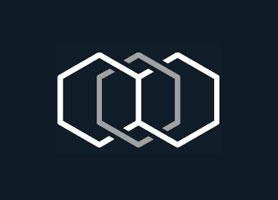Noninvasive fat reduction is claimed by many device manufacturers, but proof of efficacy has been difficult to established. This prospective study was designed to measure the reduction of fat thickness and actual volume reduction in 20 female patients treated with an external radiofrequency (RF) device. This device combines RF heat, suction coupled vacuum, and oscillating electrical pulses that induce adipocyte death over time. Patients underwent pre-and-post-treatment and intercurrent measurements of weight, body mass index, ultrasonic transcutaneous fat thickness, and 2D and 3D Vectra photography with independent calculation of circumferential and volumetric change. Mean transcutaneous ultrasound thickness at reproducible points was 2.78 cm; at 1-month post treatment, the mean fat thickness was 1.71 cm. At 3-month post-treatment, the mean fat thickness reduction was 39.6%. Vectra circumference measurements were taken at 10-mm intervals, with pastureland breathing cycle control. Independent analysis of serial measurements from +60 to – 70mm showed mean abdominal circumference measurement of 2.3 cm. Mean abdominal volume loss was 202.4 and 428.5 cc at 1- and 3-month post-treatment, respectively. Scanning electron microscopy confirmed that permanent cell destruction was caused by irreversible electroporation. Proptosis appears to be the mechanism of action.


